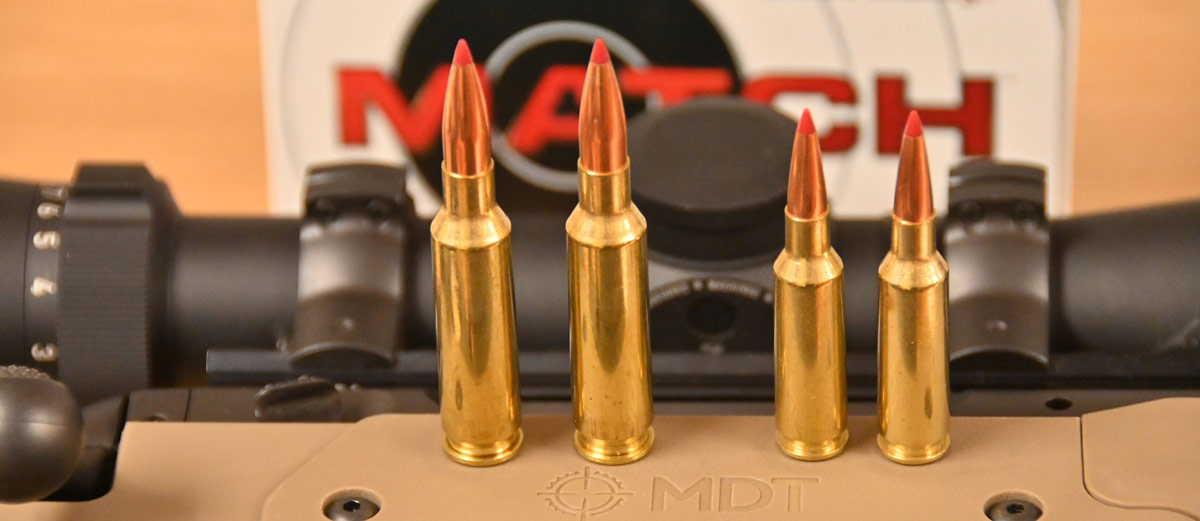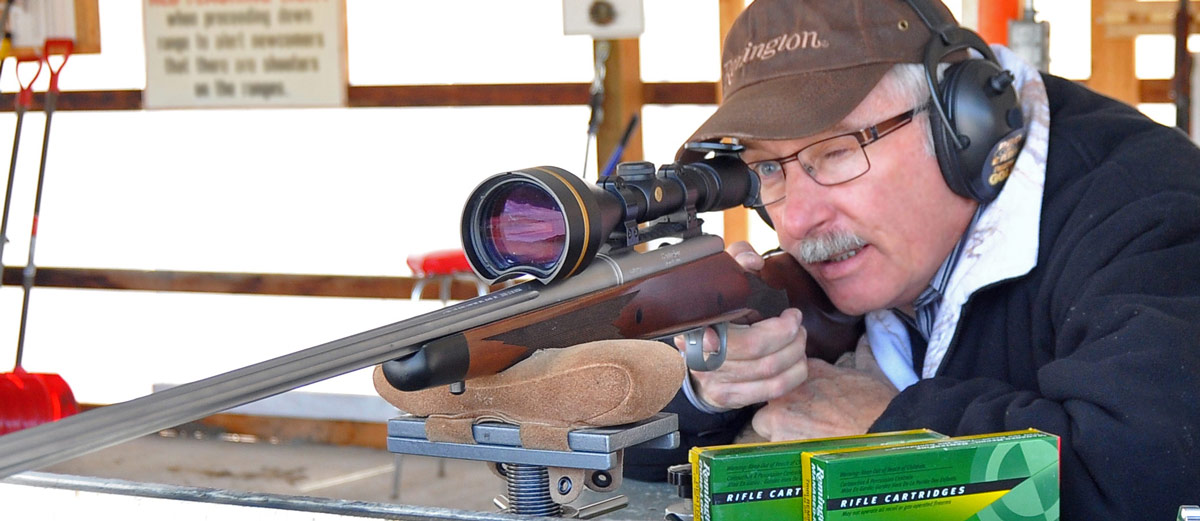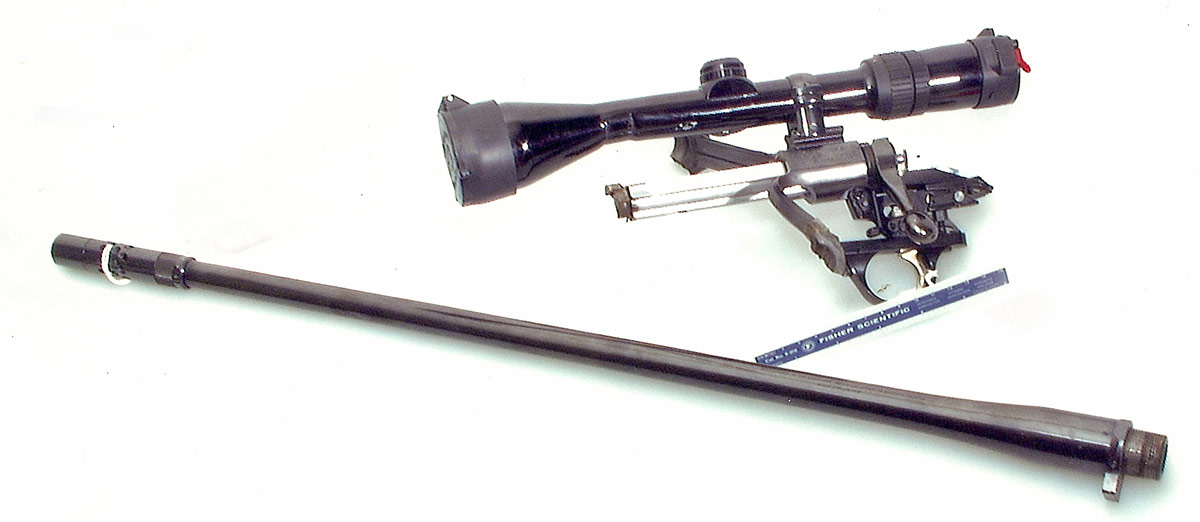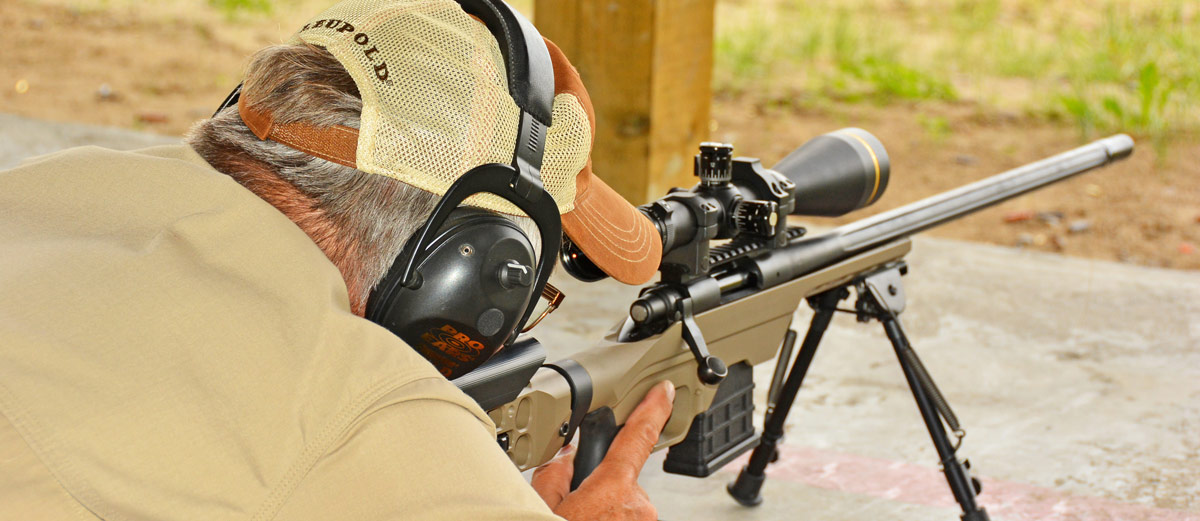Posted by Al Voth on 2022 May 19th
A Look at Reduced Loads
Reduced loads in centerfire rifles are something every rifle shooter should consider or at least be aware of. I define a reduced load as any ammunition loading that leverages a reduced projectile weight or velocity. The reasons to think about using this type of ammunition include; reduced recoil, less barrel wear, lower ammo costs, and decreased noise levels. These are all positive things for experienced shooters but are especially important for youngsters or adults who are just getting into shooting.
Still, there are some negatives like point of impact changes and a potential reduction in accuracy. I'm not suggesting reduced loads for competition, but I think they have a place in training, practice, and some hunting. The difference in point of impact and trajectory can be dealt with in different ways, most obviously by simply making and recording the necessary scope adjustments. Alternatively, if you need an excuse to build a new rifle, having one dedicated to shooting reduced loads (perhaps using a barrel past its prime) is not a bad idea.

A second gun in a lighter caliber, such as the .224 Valkyrie, is a practical reason to build another rifle.
Several manufacturers have recognized the value of reduced loads and offer factory ammunition loaded to lighter levels. Hornady, for example, calls their line Custom Lite® and it's currently available in four calibers. In the chart below, I've listed the specifications for their reduced .308 ammo in comparison to a typical full power target load.
There is a significant recoil difference between these two loads, but there's also a trajectory difference and a change in ballistic coefficient. However, reduced loads can be helpful for things like training in position shooting at a relatively short, fixed distance. For young hunters, a reduced load similar to that listed above will kill a deer just fine. Subsonic rounds, like the 300 Blackout, are great when paired with a suppressor and used for hunting or specialized military and law enforcement applications.
Of course, many precision rifle shooters are serious handloaders, so if there's a need for reduced power ammunition, it's not a big deal to roll your own. I've gone so far as building reduced loads for the .223 Remington, which approximate .22 Hornet power levels. Why do that? Simply for shorter range work on infestations of ground squirrels. Again, it's less noise, less barrel wear, and lower costs.

Most of the major ammunition manufacturers offer reduced loads for centerfire rifles. These offerings typically target young hunters or new shooters who may become sensitive to recoil.
HANDLOADING CONSIDERATIONS
As we all know, handloaders have more options than shooters restricted to factory ammunition. However, just like when loading full power ammo, we should only use data and load recipes from trusted sources. One of the most dangerous combinations in the handloading world is a rifle-sized cartridge case loaded with a light charge of slow-burning powder. I've seen the effects, and it's not pretty. The explanation is long, but trust me that the physics of this situation has the potential to tear a gun apart and cause serious injury to the shooter. I know it's counter-intuitive that less powder can cause higher pressures, but it is reality. Only some propellant powders are suitable for reduced loads, so tread carefully here. Some handloading manuals have recipes listed for reduced loads, and these are great places to start.

A handload using an inappropriately reduced load of slow burning powder took this rifle apart at the seams.
Hodgdon offers a useful general formula for creating reduced loads on their website. They say, "Take the maximum H4895 charge listed and multiply by 60% (.6). The load may be adjusted up from there to achieve the desired velocity and accuracy. This only works where H4895 is listed. DO NOT use it in a cartridge where H4895 is not shown." Their full statement on reduced loads is found here. I've used this H4895-system successfully in loading many different cartridges, including the big magnums.

In this current era of component shortages, flexibility in loading recipes is immensely helpful, and reduced loads, safely prepared, are a good step in achieving that flexibility.
There is a price to be paid for shooting full-power ammunition, and it's paid in the coin of recoil, barrel wear, and ammo costs. Shooting done for practice and training, small game hunting, or big game at closer ranges can often be done with less than full power ammunition. It's easier on the wallet, the ears, and the shoulder and could make you a better shot in the long run.
ABOUT THE AUTHOR
Al Voth calls himself a "student of the gun." Retired from a 35-year career in law enforcement, including nine years on an Emergency Response Team, he now works as an editor, freelance writer, and photographer and keeps active as a consultant in the field he most recently left behind forensic firearm examination. He is a court-qualified expert in that forensic discipline, having worked in that capacity in three countries. These days, when he's not working, you'll likely find him hunting varmints and predators (the 4-legged variety).


 CAD
CAD
 Euro
Euro
